Want to know why a simple step‑twirl could be the secret weapon for a healthier, happier life after 60? In just a few minutes you’ll discover how dancing can lift your balance, mood, heart and memory—often more than a traditional walk or gym class. Below you’ll find the science, the safety tips, and real‑world stories that make dancing an easy, low‑impact routine you can start today.
Physical Powerhouse
When you hear “dance for seniors,” you might picture a ballroom with fancy shoes, but the reality is far more approachable. Researchers have consistently shown that regular movement to music improves every major component of functional fitness.
Balance & fall‑prevention. A 2023 systematic review of 18 dance interventions found that 89 % of participants experienced a measurable boost in balance—one of the biggest predictors of fall risk (study).
Strength & endurance. The same review reported an 82 % improvement in muscular strength and endurance, meaning everyday tasks like climbing stairs become easier and less tiring.
Cardiovascular health. Dancing raises your heart rate into the moderate‑intensity zone (about 50‑85 % of your max). That’s the sweet spot for improving heart and lung function without over‑exertion.
| Benefit | Study | % Improvement | Typical Session |
|---|---|---|---|
| Balance | 18‑study review (2023) | ↑ 89 % | 2×/wk, 60 min |
| Strength | Same review | ↑ 82 % | 2×/wk, 60 min |
| Flexibility | Same review | ↑ 60 % | 2×/wk, 60 min |
All of this comes from moving to rhythm, not from lifting heavy weights. And because you’re dancing, you’re also training coordination—something most traditional exercises ignore.
Mental Boost
The brain loves dance almost as much as the body does. When you learn a new step pattern, you force the hippocampus—the region responsible for memory—to stay active. A 2017 Frontiers study showed that both dancing and endurance training grew hippocampal volume, but only the dance group displayed noticeable improvements in everyday balance and cognition (research).
Beyond memory, dancing fights the blues. A 2024 review of 45 trials concluded that regular dance classes reduced depressive symptoms as effectively as standard aerobic exercise, while also boosting social cognition and emotional well‑being.
Loneliness is a silent epidemic among older adults. Social dancing offers a built‑in community—people meet, laugh, and share stories while moving together. That social interaction alone can lower cortisol (the stress hormone) and lift serotonin, leaving you feeling more energized and connected.
Safe Start
Every new activity carries a tiny risk, but with a few simple precautions you can keep it safe and enjoyable.
- Medical clearance. If you have heart disease, uncontrolled hypertension, or severe arthritis, check with your doctor before you start.
- Warm‑up. Spend 5‑10 minutes walking or doing gentle joint circles to prepare muscles.
- Supportive footwear. Low‑heel, closed‑toe shoes with good arch support reduce ankle strain.
- Low‑impact styles. Begin with ballroom, line dancing, or seated “senior fitness dance” classes that minimize jumps.
- Listen to your body. Mild soreness is normal, but sharp pain means you should stop and reassess.
Following these guidelines, most seniors experience only minor muscle tightness—usually gone after a few days of regular practice.
Dance Types
Not all dances feel the same, and the good news is you can pick a style that matches your personality and physical ability.
| Style | Typical Intensity | Key Benefit |
|---|---|---|
| Ballroom (waltz, foxtrot) | Moderate | Balance & partner support |
| Greek traditional | Low‑to‑moderate | Cultural connection & flexibility |
| Line dancing | Moderate | Easy for groups, no partner needed |
| Senior fitness dance | Low‑moderate | Designed for limited mobility |
One study of 130 Greek‑dance participants aged 60‑87 showed significant improvements in chair‑stand, arm‑curl, balance and hand‑grip after 32 weeks of twice‑weekly sessions (research). That’s a testament to how cultural dance can be both fun and functional.
Getting Started
Ready to put on those shoes? Here’s a simple four‑week starter plan that fits most schedules.
- Week 1: Two 30‑minute sessions of seated warm‑up moves and basic step patterns.
- Week 2: Add 10 minutes of standing steps; keep the tempo slow.
- Week 3: Extend each session to 45 minutes, introduce a new routine (e.g., a simple box step).
- Week 4: Reach 60 minutes, try a partner turn or a line‑dance chorus.
Stick with the schedule for at least four weeks, and you’ll likely notice better balance, a brighter mood, and maybe even a few extra laughs from fellow dancers.
Real Stories
Maria, 72, joined a local Greek‑dance circle after her grandson suggested it. “At first I was afraid I’d fall, but the instructor gave us a chair version. After six weeks I could stand longer, and I’ve made three new friends who meet for coffee after class. My doctor even said my blood pressure improved!”
James, 68, tried “The Lebed Method” after reading about its low‑impact design. “The moves felt like a gentle puzzle for my brain. My memory for grocery lists got sharper, and I’m no longer scared of the stairs.” (The Lebed Method is a certified dance‑therapy program that adapts steps for limited mobility.)
These anecdotes echo the data: real people are experiencing stronger bodies, clearer minds, and richer social lives simply by dancing a few times a week.
Practical Resources
To keep the momentum going, consider these trustworthy sources:
- CDC’s Physical Activity Guidelines for Older Adults (offers target heart‑rate zones).
- National Institute on Aging’s directory of elderly dance classes near you.
- Books like Dance for Life After 60 by Dr. C‑J Olsson, which blends science with personal stories.
Take the First Step
Imagine yourself at the end of a month, feeling steadier on your feet, smiling more often, and maybe even humming a tune while you chop vegetables. That’s not a fantasy—it’s a realistic outcome of the senior dancing benefits we’ve explored.
Why not set a tiny goal right now? Find a local “elderly dance class” or roll out a YouTube beginner routine, lace up a comfortable pair of shoes, and move for just 20 minutes today. If you stick with it, you’ll be dancing toward better health, brighter mood, and a stronger sense of community.
Got questions, or want to share your own dance journey? Drop a comment below—let’s keep the conversation moving!

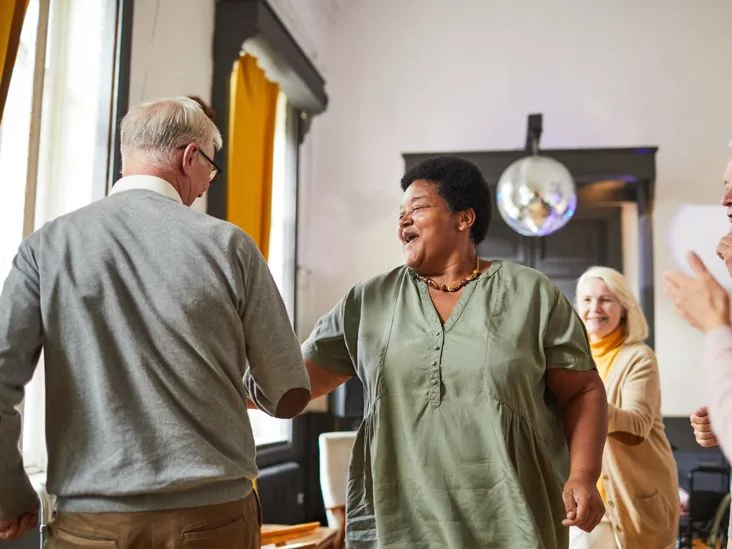
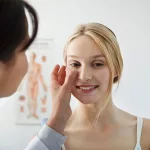



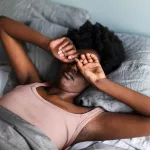


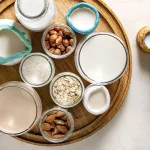







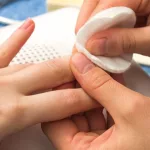
Leave a Reply
You must be logged in to post a comment.